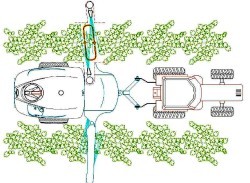The classics go digital
The digital revolution has already transformed our world, creating an information explosion undreamed of just 50 years ago. Mass digitalisation of books is bringing to students and researchers a chance to interact with rare and complex literary texts in a burgeoning global electronic library. Researchers on the CHLT (Cultural Heritage Language Technologies) project have spent three years exploring different ways of making literary texts more accessible. Development of a number of new digital techniques in linguistics, language processing and information retrieval is helping students who work with texts written in Greek, Latin, Old Norse and Old Icelandic. They have also gathered and processed a number of Early Modern Renaissance texts, works by Isaac Newton and Erasmus and papers from the history of science. The project has focused on four main areas of research. Giving students access to rare and difficult literary texts and digitally preserving texts for the future were two important priorities. The electronic archives also help students to understand works written in difficult languages and use new types of interactive study tools. For example, one tool developed by the project gives the common subjects and objects of Latin and Greek verbs when you click on a hyperlink and another collates search results from different reference works into appropriate categories. Meticulous editorial work has been carried out on texts to ensure their consistency. For instance, material from one work that comes from different sources has been standardised to reflect a single edition and to ensure faithfulness to the text. By using digital technology CHLT has taken the first steps to protect rare literary works for future generations and give unparalleled access to writing that millions of people have never had a chance to see before.





